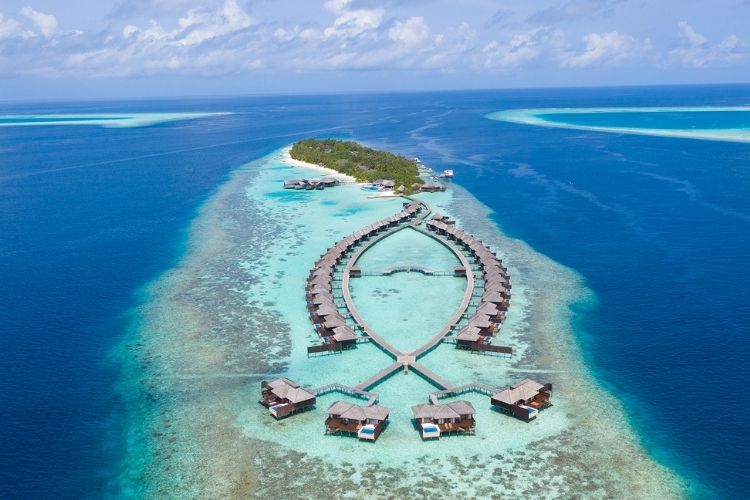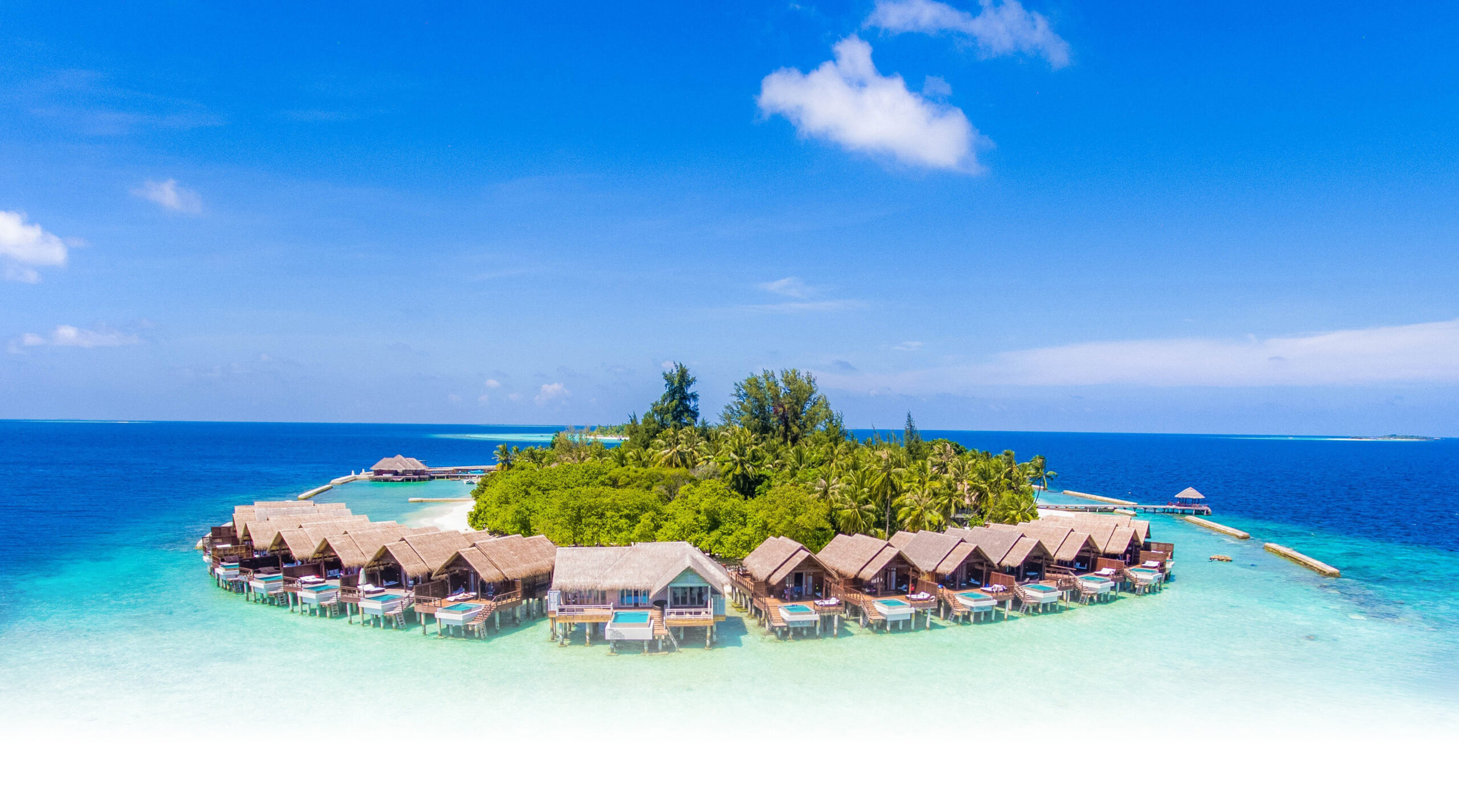The “Best All-Inclusive Resort in the Maldives” (as per TripAdvisor, 2020), Lily Beach Resort & Spa is announcing the extension of its popular programme for free departing PCR tests until the 31st of March 2021. The programme offers free testing for 2 adults and 1 child per booking when departing from the resort to head back to their country.
This initiative was created to help guests arrive confidently to the resort, have a worry-free stay, and depart effortlessly without any issues. It has alleviated some of the stress that accompanies travel during the pandemic and helped make vacationing a viable option for couples and families alike.
Free departing PCR tests were instituted on account of the Lily Beach Resort & Spa’s Safe Lily Programme, which has enhanced hygiene and safety measures. These changes are in-line with guidelines from the Maldivian Health Protection Agency (HPA) and were enacted at Lily Beach Resort & Spa for the safety and well-being of guests and team members alike.
Check out the Safe Lily Programme here: https://www.lilybeachmaldives.com/safe-lily-programme/
The pioneer of all-inclusive tourism in Maldives – local owner-operator, Lily Hotels – showed its boldness and innovation when it became one of the first companies to provide free PCR services after the country’s brief COVID-19 related lockdown. Lily Hotels took the initiative to institute this policy when it was most needed by guests but was not the hospitality norm. This decision quickly became a policy adopted by many across the sector and continues to be a successful selling point for tourists.
Notably, Lily Beach Resort & Spa was one of the few hospitality venues that did not close during the worst period of the pandemic. As a result of the adaptability, forward-thinking, and perseverance of its exemplary team members, the resort was able to keep running without major setbacks like going under lockdown.
This fact, paired with new policies in place such as free PCR testing, established Lily Beach as a safe destination and gave guests the confidence to continue booking enjoyable tropical vacations – even during one of the most daunting travel periods.
Although this great savings programme is coming to an end, Lily Beach promises to keep updating its policies to ensure that guests arrive, stay, and depart confidently. Any guest who books before the 1st of April 2021 will still be able to enjoy the Free PCR Test Programme. So, what are you waiting for? Time is running out – book now (or before the 1st of April 2021) to make the best use of this once-in-a-lifetime savings programme!
For more information about the resort’s new departing PCR test policy contact them at: reservations@lilybeachmaldives.com







